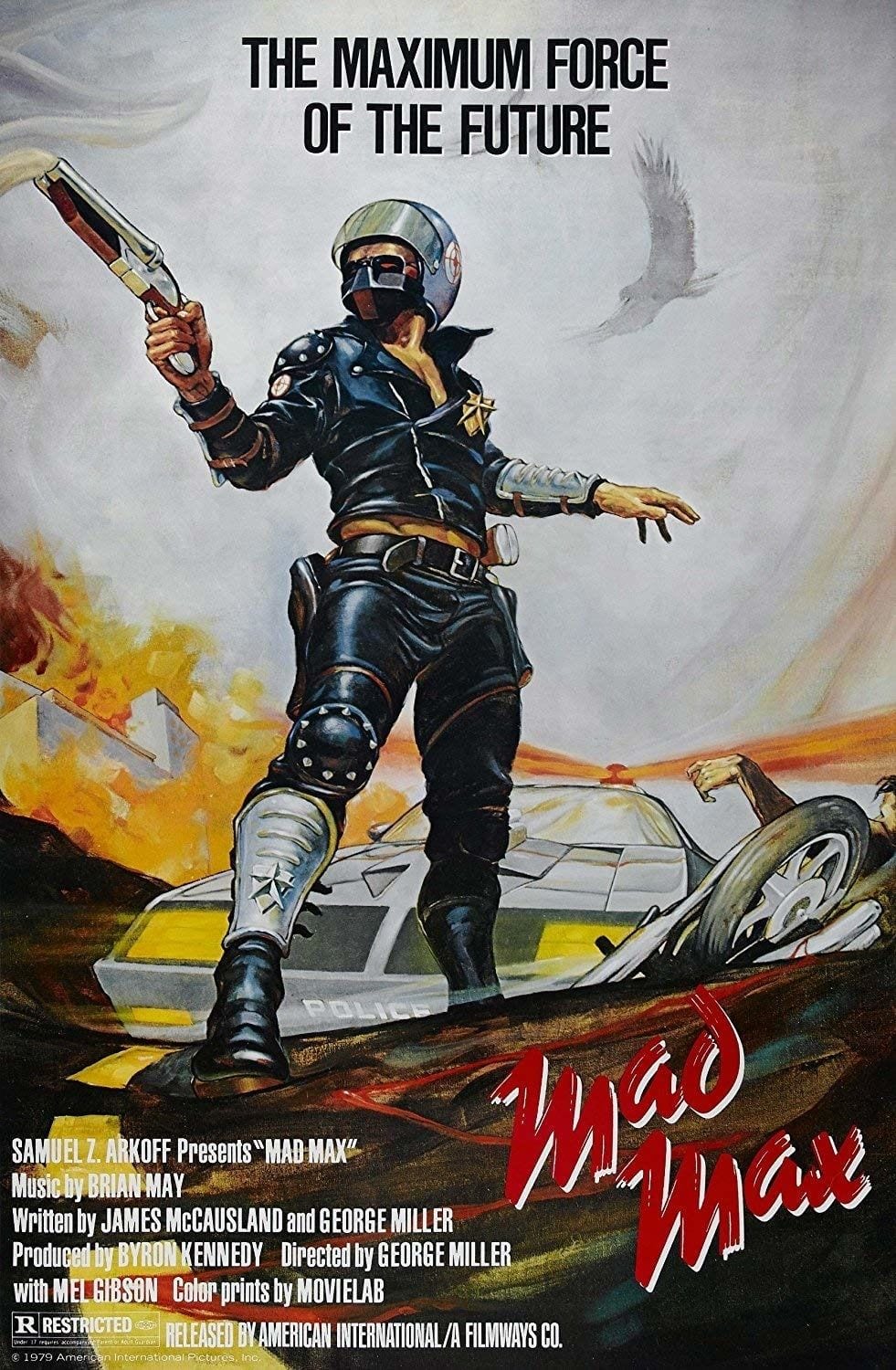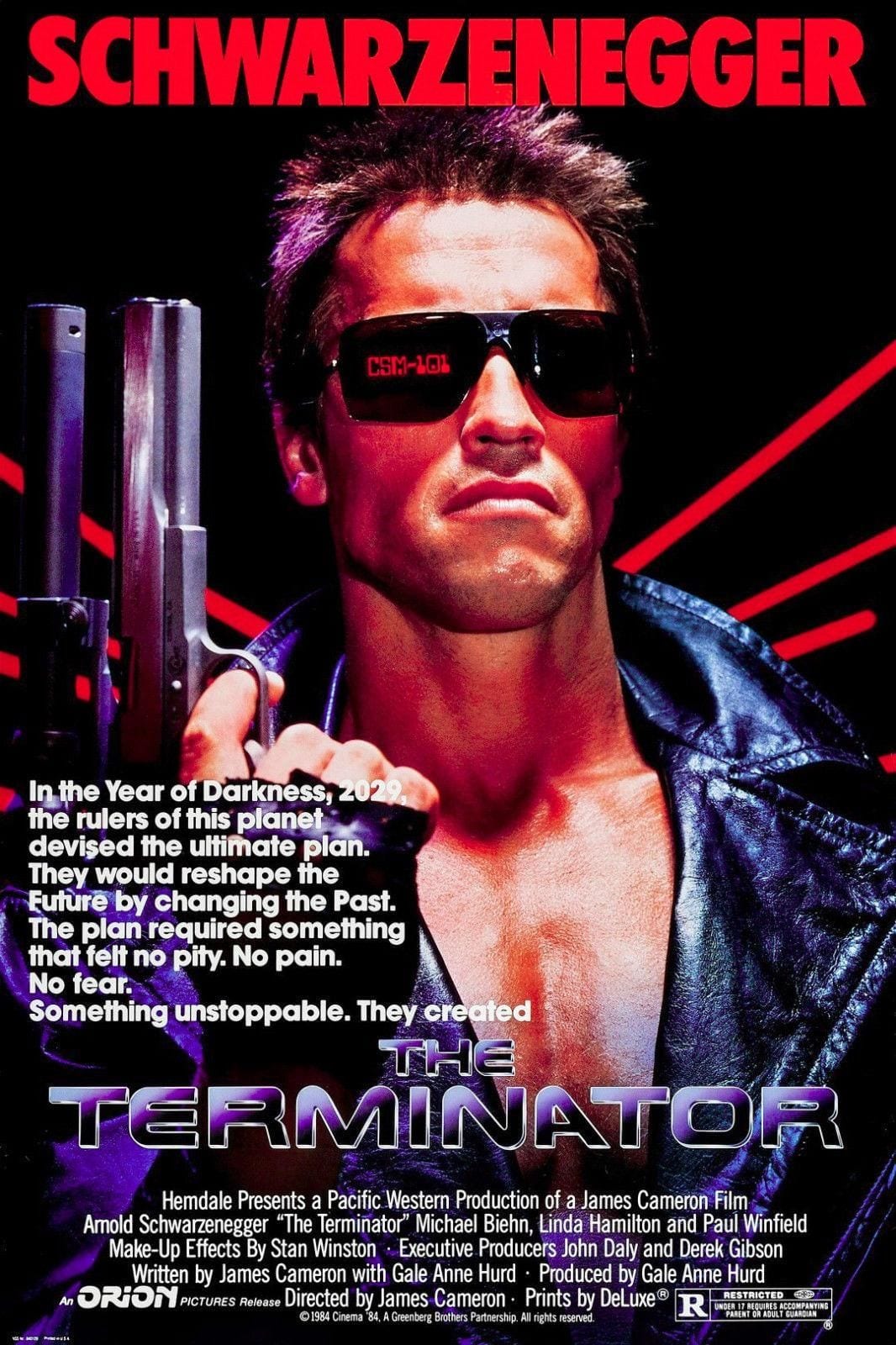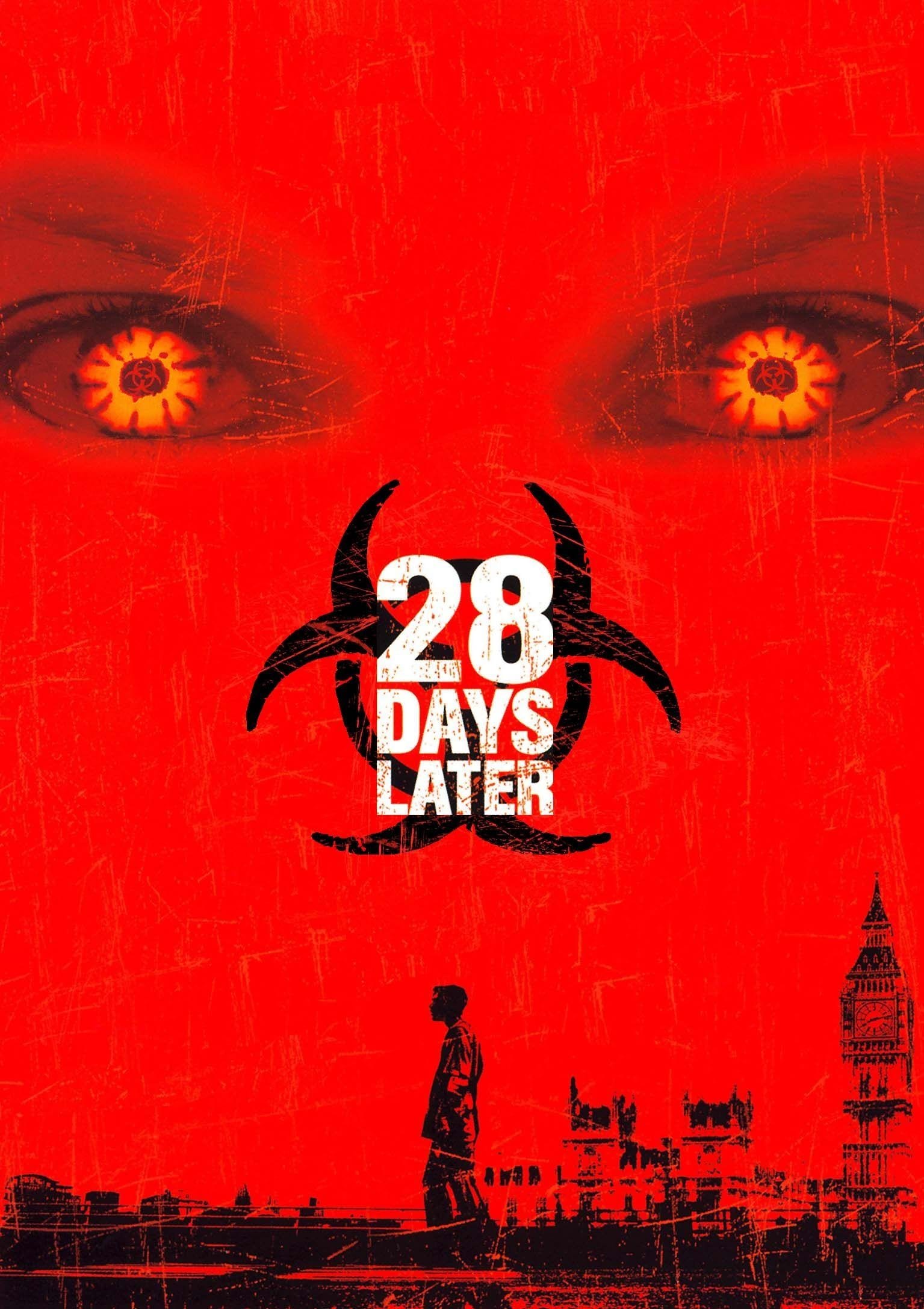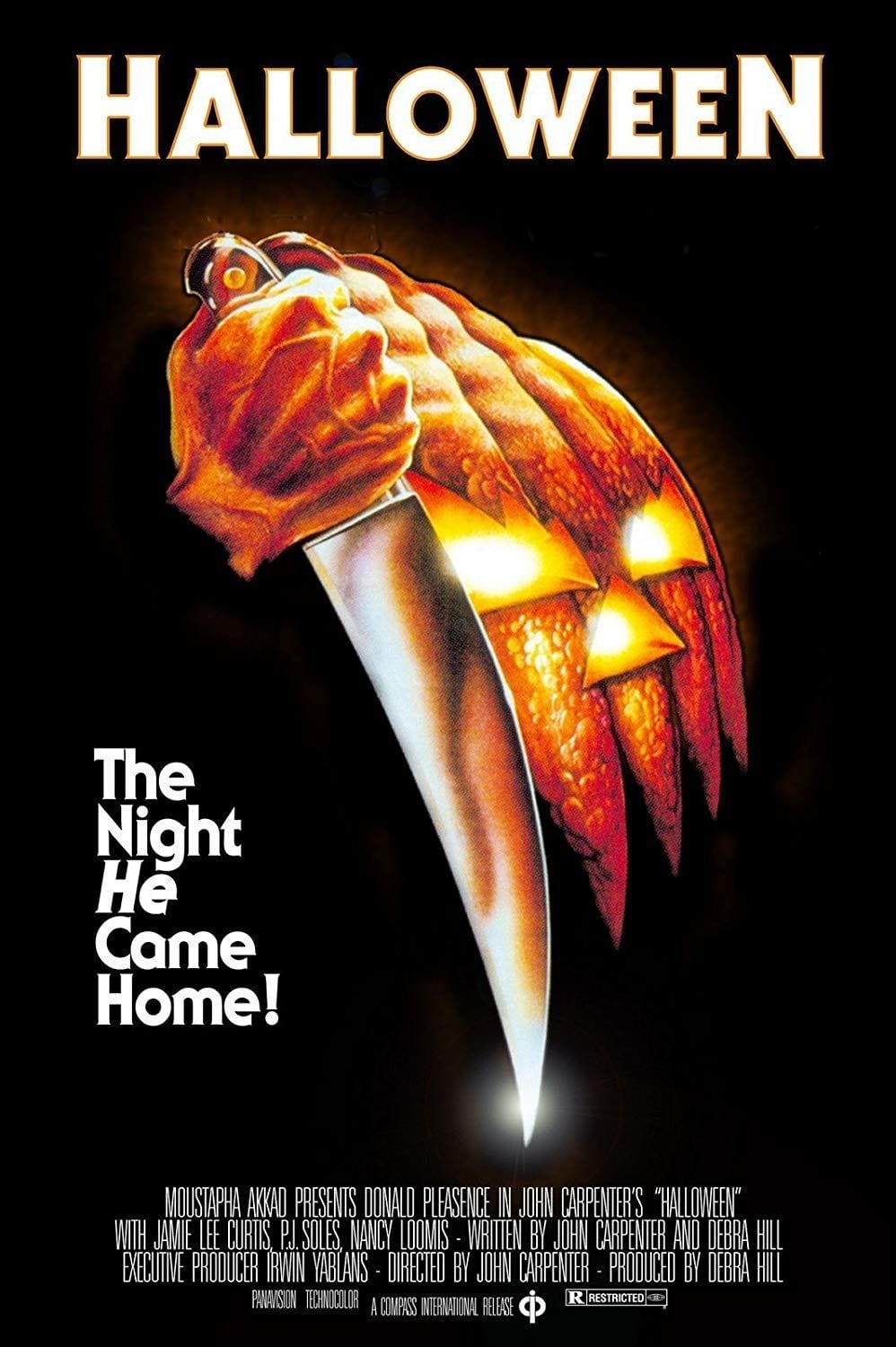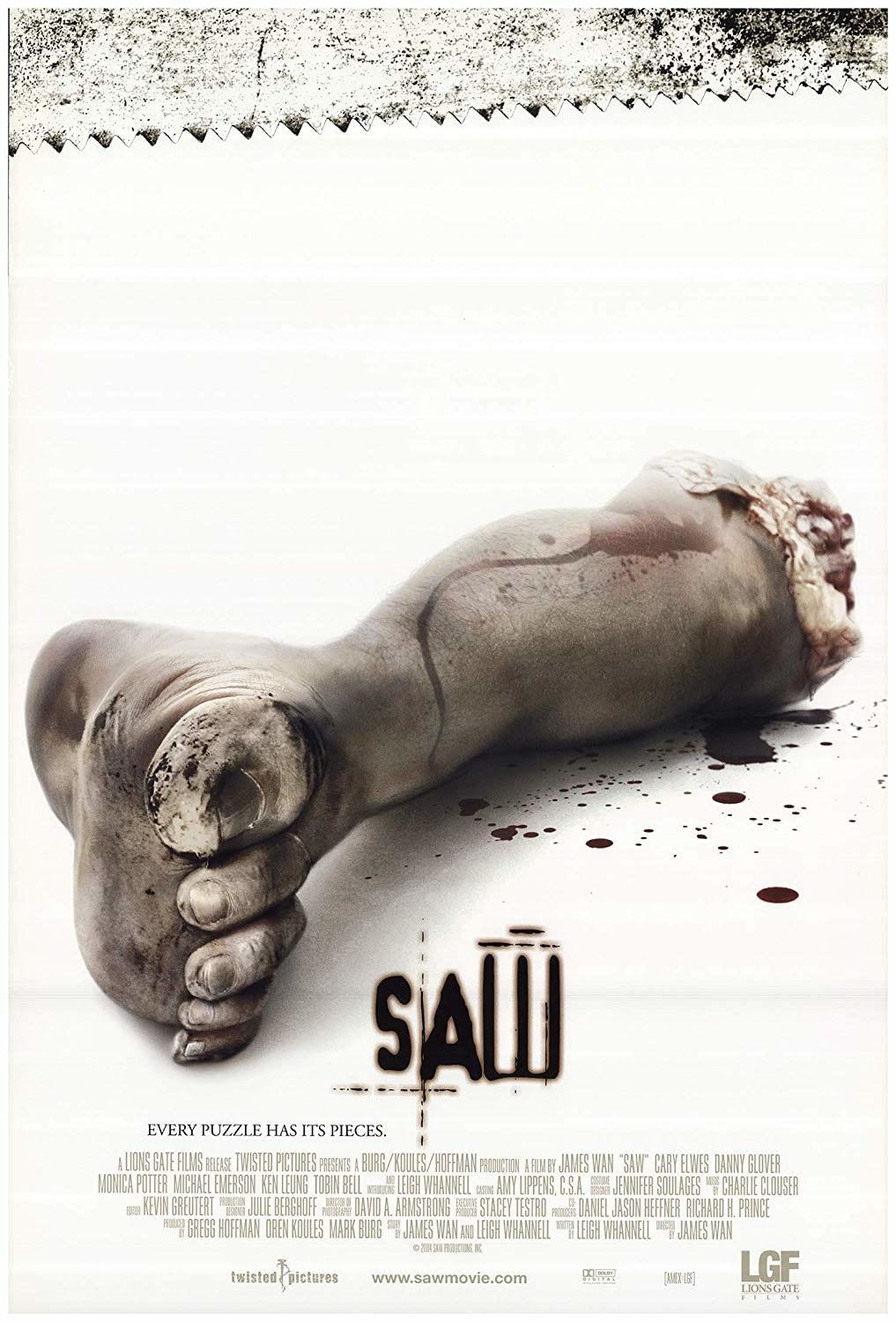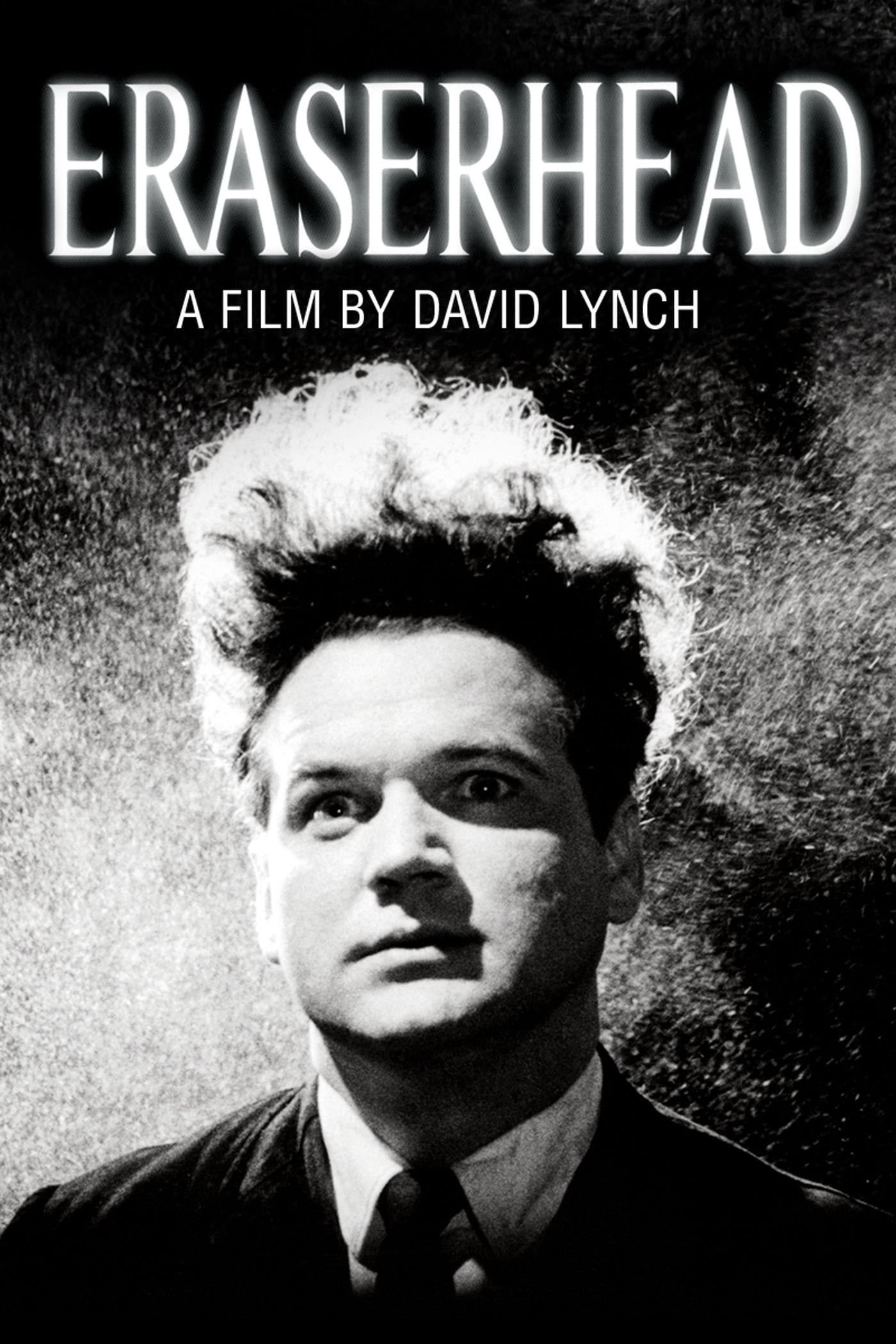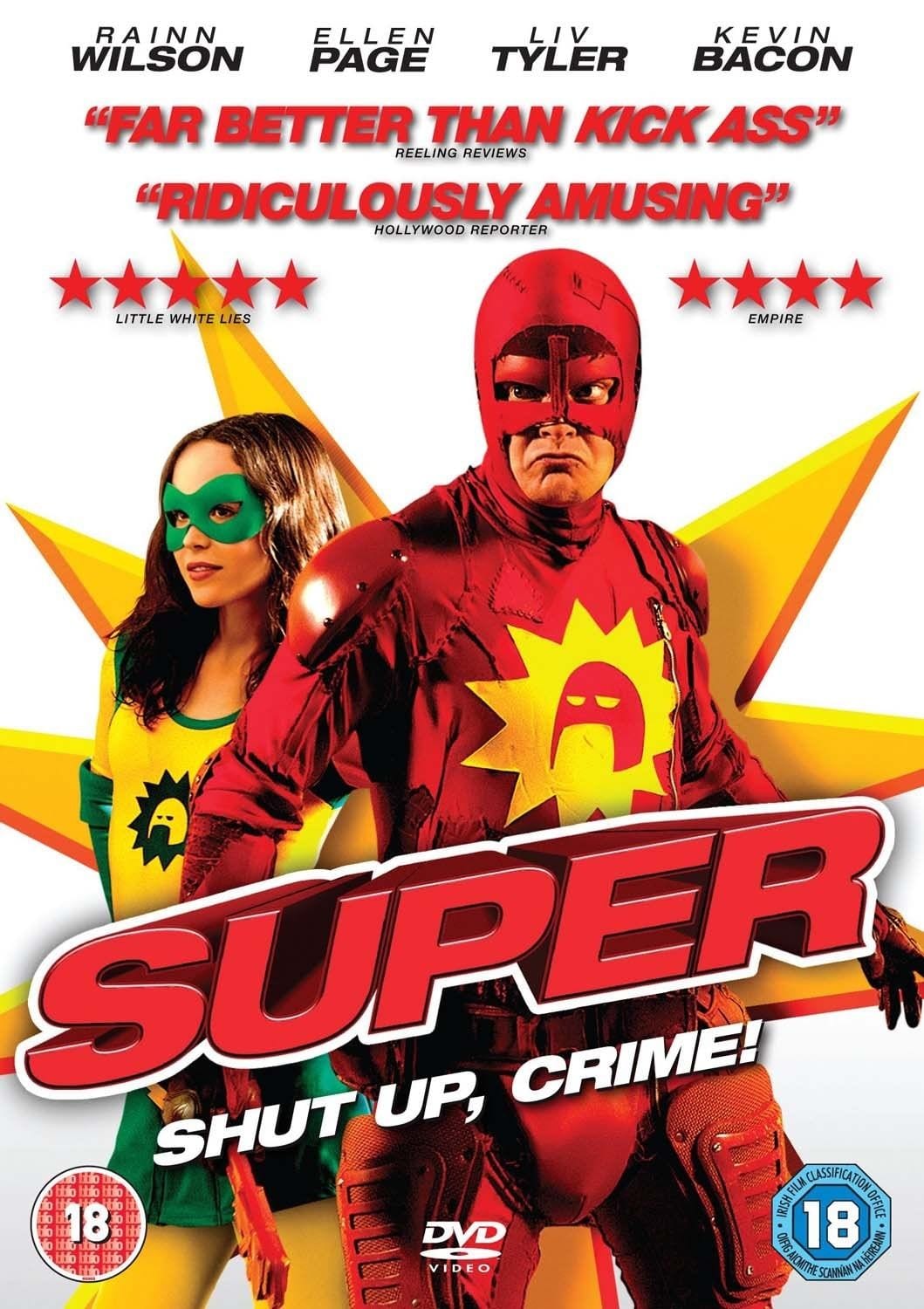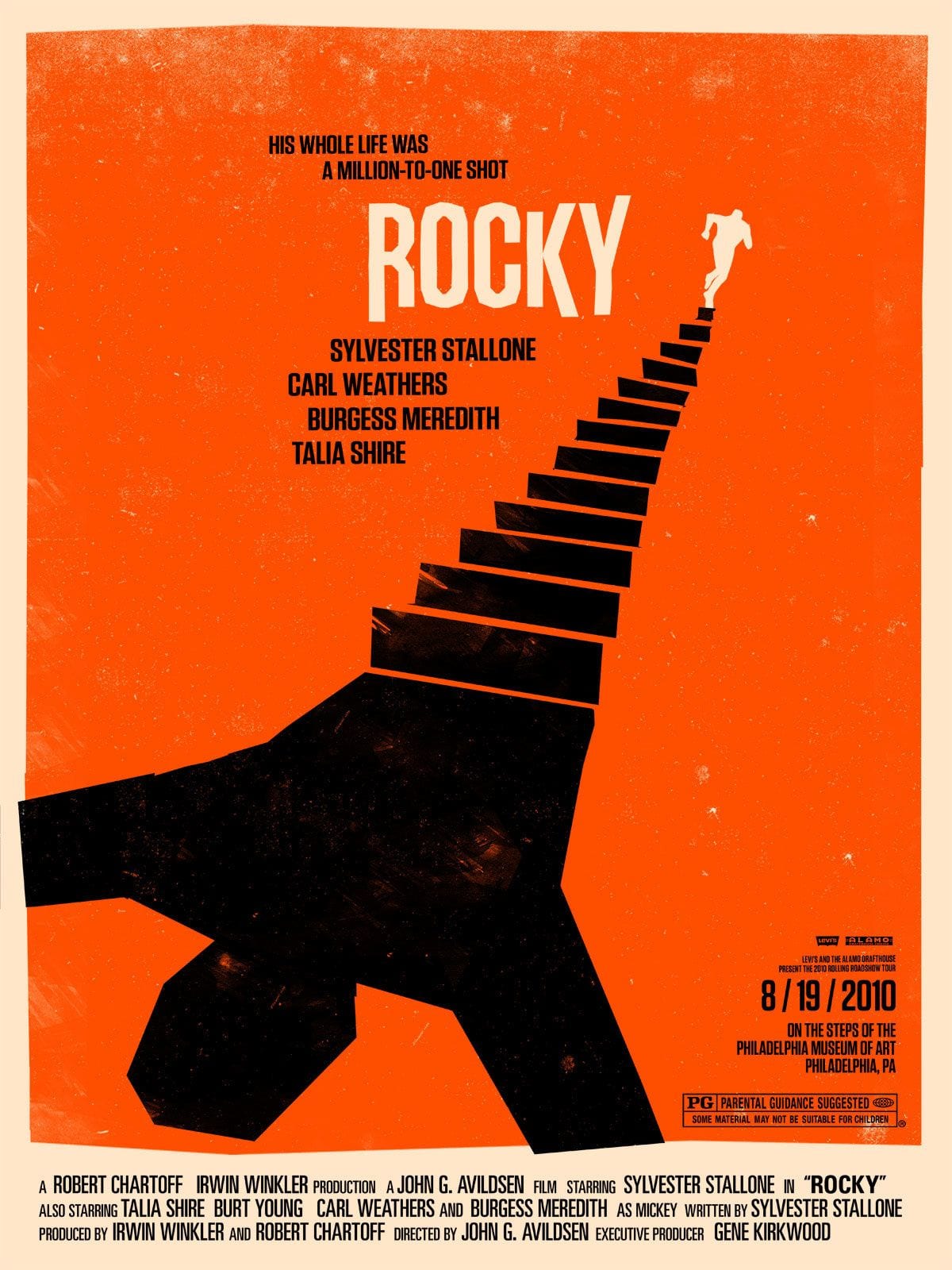Mad Max [1979]
For almost 20 years, Australian director George Miller was credited as helming the most profitable film vs. budget ever. While that’s an achievement later usurped by the found footage horror film The Blair Witch Project, the gulf between genres is immense. This film, beyond being good action for action’s sake, did so much more. Mad Max, sparking a franchise, kicking off Mel Gibson’s career, and inspiring a hundred different imitators, is a riveting, fast paced action film about biker gangs and the police that chase them in a near post-apocalyptic Outback. Doing cheap horror is easy. Cheap action, not so much.
What seems so absolutely crazy (mad, you might say) is how much on the cheap this film was made for once you factor in the level of material used and the caliber of the action. Considering this comes from 1979, no digital shortcuts were available, no free plug-ins or shareware existed for filmmakers to goose their production budget. All of this is practical, with real stunts, real explosions, a solid lead actor (before he, himself, went mad) and a real badass black Pursuit Special, you get all that for the low, low price of $400,000 (AUS). That’s the budget for a single scene in most contemporary action films.
And, unlike other directors that lose their edge or vision the more money that’s thrown at them, Miller still knows how to deliver solid action, exemplified with this year’s critically lauded Mad Max: Fury Road, coming in at a very hefty budget of $150 million. To see where that vision, in all its low budget glory, came from, settle on that masterpiece that is Mad Max.
The Terminator [1984]
The role, and work, of the artist can often be overly sentimentalized. Yet, in film, talent and vision can overcome practically any budgetary limitation. For proof of this, look no further than James Cameron’s 1984 sci-fi masterpiece The Terminator. Made for $6.4 million, Cameron, along with effects guru Stan Winston, and a talented cast including Linda Hamilton, Michael Biehn, and, of course, Arnold Schwarzenegger, (along with a very brief cameo by schlock regular Dick Miller) defied B-grade expectations. Although this was a somewhat common trait of financier Orion Pictures, The Terminator embedded itself so deeply in the culture that it’s become more than just a film, it’s a brand.
We all know the plot of The Terminator. A robot is sent back in time to kill the mother of the yet unborn resistance head that will lead humanity to victory over their machine oppressors. The premise has been aped, riffed, and parodied to death. And it is a B-grade, exploitation premise, no doubt. Even during production, the low-budget roughness was undeniable. Certain scenes were filmed without permits, shot guerrilla style, one eye on the scene, another on the approaching cops asking for papers
But the creative team behind the film smoothed over any of those potential rough spots. It’s a bit ironic that Cameron, lately known for the massively expensive, and computer generated, Avatar relied so often on ancient cinema tricks: forced perspective, miniatures, rear screen projection, the tools of the trade with roots in the early 20th century. Still, the skill is there and considering seven years later, Cameron was allowed to make T2: Judgment Day for $94 million, it shows how low-budget origins can reap massive dividends.
28 Days Later [2002]
George Romero made his zombies slow to emphasize the real danger: other humans. Slow and lumbering, a Romero zombie could easily be outmaneuvered. Indeed, a single zombie didn’t pose much threat and, in the case of 1978’s Dawn of the Dead lent themselves more to comedy or social commentary. However, like death, their advance was relentless, unstoppable, and any escape merely prolonged the inevitable.
Nevertheless, after 28 Days Later, zombies would never be the same. Utilizing a miniscule budget of roughly $8 million, director Danny Boyle’s 2002 film delivered unforgettable imagery, deserted landscapes of London iconography: Piccadilly Circus, Oxford Street, bits and pieces of Westminster, all of the spots you’d find emblazoned on a postcard. Combined with a postmodern update of zombies, fast, fierce, more like fire ants than shambling mobs, this film is the stuff of nightmares.
While largely credited with resurrecting the dormant zombie genre (although, the infected in 28 Days Later are not the undead) this film also marks the mainstream emergence of digital cinema. Maligned during the ’90s, the technology had advanced to the point that digital enabled small budget filmmakers to cut corners, simplifying the filming and editing process. Expensive film stock could be circumvented and the limitations of celluloid (lengthy set-ups, constrained filming windows) didn’t apply to something that recorded in 1s and 0s. Those lingering scenes of empty landmarks could never have been achieved with so little cash on hand, demonstrating that big small films often push the boundaries of what’s possible in the best ways.
Halloween [1978]
Doing horror on the cheap has been almost a truism in cinema since the earliest days. Give a guy a knife, a scary mask, and spring for some fake blood (corn syrup with red food coloring usually does the trick) and you can churn out a product with plenty of cash to spare. What’s tricky, however, is doing cheap horror well, with care and attention that transcends the more exploitative elements.
The exemplar of cheap horror done well is John Carpenter’s 1978 classic, Halloween. Although the film is rife with slasher clichés and features a plot has been done to death (killer stalks teenagers through suburbia U.S.A.) it, in fact, is the originator of both, indeed, the Patient Zero of slasher films. After all, it isn’t every day a movie comes along and crafts an entirely new genre, especially one done for so little scratch.
Cooked up for a bit over $300,000, Carpenter was able to wring a great deal from his financiers’ threadbare pockets, picking up any gaps with his technically focused direction and ability to improvise. You’d hardly notice how the traditional Hollywood stomping grounds of Southern California are done up as an autumnal Illinois town. Genuinely eerie, well-paced, with exceptional cinematography from Dean Cundey, production was so low budget that ur-antagonist Michael Myer’s mask was a re-purposed Captain Kirk one, grabbed for a measly $1.98. Yet, for less than two bucks, one of the greatest movie monsters was given a face that haunts moviegoers to this day. Talk about a return on one’s investment.
Saw [2004]
Torture porn horror films, focusing with a David Cronenberg-like intensity on the destruction, mutilation, and dismemberment of the body, took over theaters for most of the 2000s. It wasn’t all for the best. Much like 1999’s The Matrix or, an earlier entry on this list, 1978’s Halloween, if a concept or style is deemed hot, it will be done to death, watering down the original through reverse osmosis. So it goes with 2004’s Saw, an evocative film, tightly knit, that went on to spin a legion of sequels and imitators with increasingly diminishing returns.
Yet, director James Wan, with a measly $1.2 million, was able to influence a generation of filmmakers from a pretty low-wattage formula: two guys in a room, talking. Most of cinema has been two people sitting down and talking. But, the execution, the body horror, the jarring imagery, is just enough to qualify as a low level miracle given the amount of funding involved. Perhaps this is more a triumph of effective distribution than anything, considering Saw was birthed from even humbler origins, a 2003 short, also helmed by Wan.
Still, the ability to coax so much from so little is commendable. Even though the six sequels that followed, one per year (!), became too bogged down in minutiae and settled into a too comfortable formula that critics (but not always audiences, judging from box office receipts) found too tiresome, the original is still a classic of low-budget cinema with tinges of guerrilla filmmaking.
Eraserhead [1977]
Films, of course, are money and labor intensive. For every shot and scene, lasting minutes, even seconds; hours, days, weeks of planning are required. Even some lazier filmmakers, overly reliant on computers or second units, still need to factor in the cash and clock ticks for all that screen time. Perhaps this is why, as films grow larger, longer, more action packed, the planning horizons of studios extend past the half decade mark. These things take a great deal of time to make, after all.
However, few films took longer to produce than David Lynch’s first feature film, Eraserhead. Pre-production began in 1971, after Lynch received a scholarship from the American Film Institute the previous year. It would not be until early 1977 that his work finally saw a very limited release, eventually becoming a mainstay of midnight art house cinema. During that long production, Lynch relied mainly on financial donations from contacts and colleagues, even squatting on the film’s set, Greystone Mansion. That lack of fiscal security, along with Lynch’s exacting direction, and an entire year spent mixing the film’s audio, meant a production schedule more reflective of a Hollywood epic.
Instead, audiences were treated to a horrifying dreamscape of industrial/urban hell, Kafka by way of surrealist filmmaker Luis Buñuel, pushing the language of cinema in new and interesting directions. The plot of a disaffected young father caring for his malformed child isn’t all that important, as most plots in Lynch’s subsequent work demonstrate. What’s key is how evocative the imagery, haunting and lingering, the director was able to craft, given he was largely broke, homeless, and dependent on the kindness of (not always) strangers. If that isn’t living for your work, investing all that’s in both your pockets and soul, then nothing is.
Super [2010]
Capes and tights are big ATMs for studios, perhaps, appropriately, the things saving studios and their large corporate masters from running too far in the red, toppling the house of cards that is Hollywood. But, with superhero films, a big pay-off requires a large investment, at least, that’s how the mainstream thinking goes. The bloom of a billion dollar payday comes from the seeds of tens, if not hundreds, of millions.
And, if one is looking at James Gunn’s 2010 superhero film Super to subvert traditional Hollywood budgetary practices, then one better go elsewhere. Cooked up for $2.5 million, Gunn’s picture bombed at the box office, not coming anywhere near recouping that miniscule budget. However, that budget bought forth a superhero picture that is, perhaps, the funniest, most soulful entry within the genre. Featuring Rainn Wilson, Ellen Paige, Kevin Bacon, Liv Tyler, Nathan Fillion, along with a handful of other familiar faces, Super pokes at the conventions of superheroes while examining their underlying psychology, along with probing deeper issues of addiction, dependency, and violence.
Wilson plays a lonely chub-cum-line cook who loses his new wife, a former addict, to her old dealer/crime boss. To get revenge, Wilson’s character designs his own low-budget superhero persona and leaves an increasingly bloody trail through a monotone exurb. While the premise is strikingly similar to the much better financed Kick-Ass ($30 million), a violent satire of amateur superheroes released around the same time, that film’s edge is duller, blander, more flash than substance, becoming, finally, exactly what it pokes fun at. Super works precisely because of its limitations, which encourage more introspection and rumination, rather than excess.
Rocky [1976]
The textbook example of the heights a little film can summit, of how bigger is not always better, that money isn’t everything, Rocky, incidentally, is a movie about an underdog. By now, the plot has transcended into the archetypal: Down on his luck schmuck gets a chance at the big times. It’s the aspiration mythology that so much of American culture is bathed in, the promise that, yes, you too can make it.
Rocky is also a sterling example of the increased freedom filmmakers found themselves with in the ’70s as the studio system crumbled. Director John G. Avildsen, with a script composed by lead Sylvester Stallone, along with Talia Shire, Carl Weathers, and Burgess Meredith, cobbled together a motion picture for $1.1 million that went one to earn $225 million globally in 1976. That alone is worth commemorating, if simply as a matter of bean counting.
Yet, it isn’t the money Rocky earned that made it great, though it did propel a number of subsequent (and mixed) sequels. Between the use of the recently developed Steadicam, capable of capturing those smooth, gliding shots of Rocky Balboa’s jogs through Philly, the compelling story (the contradiction between Stallone’s writing talents and his perceived grasp of speech is immense and mind-boggling), excellent direction, and astonishing performances, Rocky is the best of low budget cinema, practically perfect, a testament to what can be achieved if the focus is on the film, not the product.
Money may not be everything, but it often makes Hollywood’s world go round. Films have become increasingly expensive to make. Unlike decades past where there was a broad spectrum of low, middle, and high expense productions, each bracket containing a multitude of film genres, today there seems to be a squeezing of the middle, with massive, nine-figure films on one side, and smaller, award bait on the other. Even more tragic is that large budget films are seemingly predictable in what they contain (action, excessive CGI, multiple hour running times) as are smaller films (performance driven, low key, drama heavy).
However, it wasn’t always so rote. Small and mid-sized films could become crossover successes, dazzling mass audiences with what they were able to coax from such humble financing. In a way, big movies with small budgets represented some of the best of filmmaking. Being a collaborative enterprise, crafting a film is all about compromise, of making the best product despite one’s limitations, financial or otherwise.
When so many big films have the budgets to, literally, do anything, it is a shame so many end up feeling, and looking, quite the same. Here are eight films that have surprisingly small budgets, incongruous with their financial return, their cultural impact, or their shockingly high quality.

Note: This article originally published on 10 September 2015.


